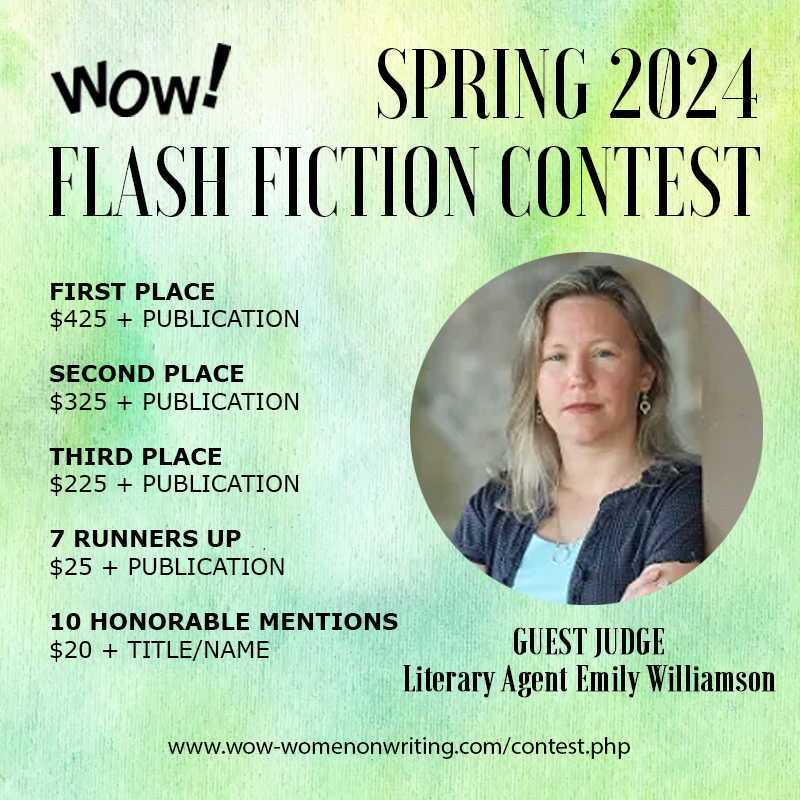by Jessica Levine
Mention the word "outline" to a novelist and you're likely to get a grimace as a reaction. But outlines are necessary as road maps. Let me explain how I suggest using them in writing fiction.
1. An outline is a list of steps in your story.
The outline simply divides a story into segments that form a list. This is not the kind of outlining you were taught in high school, where Roman numeral I is followed by A and then 1) and 2) and so forth in order to create a logical argument. This is simply a condensed, step-by-step narrative of contents. The sequence may in fact run contrary to logic, go back and forth in time, change narrative point of you. But your outline will enable you to keep track of what you've done. Think of it as an annotated list of scenes in a screenplay.
2. Have two outlines: a "projected story outline" and a "working outline."
Usually I have two outlines in two different docs going at once.
The "projected story outline" is the outline you make before writing. It contains your first ideas about how the story will unfold and how it will be divided into sections and/or chapters. This document may start off as a few sentences or a couple of paragraphs. Then as your ideas accumulate, the outline will grow and you divide it into steps. These steps may correspond to chapters or sections of chapters.
Ideally every section of your novel, even if it consists of psychological rumination, creates forward impetus. Sometimes I have used titles in my projected outline to help me focus on how a section is moving the story along.
The "working outline" is the outline you make after writing. It contains a record of everything you have actually written. Every time you finish a section (which may be a chapter or a unit of action or thought), you record what you've done in this working outline.
Of course, the working outline may not following the path set by the projected one! You may find the story veering into an unexpected direction. So you will want periodically to update your projected outline to reflect the story you are actually producing.
In my working outline I usually record: chapter numbers, manuscript page numbers, main points of action and psychological development, and any unresolved issues I need to return to.
Right now I'm working on a novel that goes backwards and forwards in time. I'm using a different font color for the two narratives in my summary so that I have a visual aid that helps me.
One of the hardest things about writing a novel is keeping track of which elements of plot, characterization, and description you have already introduced. Your outlines will help you keep track of what Henry James called the "baggy monster" that is the form of the novel.
* * *
Jessica Levine’s first novel, THE GEOMETRY OF LOVE, was published in April by She Writes Press. Her stories, essays, poetry, and translations have appeared in many journals, including Green Hills Literary Lantern, North American Review, The Southern Review, and Spoon River Poetry Review. She earned her Ph.D. in English at the University of California, Berkeley. She is the author of Delicate Pursuit: Literary Discretion in Henry James and Edith Wharton (Routledge, 2002) and has translated several books from French and Italian into English. She was born in New York City and now lives in the San Francisco Bay Area. Her website is jessicalevine.com.
~~~~~~~~~~~~~~~~~~~~~~~~~~~~~~~~~~~~~~~~~~~~
Would you like to participate in Friday "Speak Out!"? Email your short posts (under 500 words) about women and writing to: marcia[at]wow-womenonwriting[dot]com for consideration. We look forward to hearing from you!
~~~~~~~~~~~~~~~~~~~~~~~~~~~~~~~~~~~~~~~~~~~~
Friday Speak Out!: A Tale of Two Outlines
Friday, October 31, 2014
Powered by Blogger.









.jpg)



2 comments:
Thanks for this informative post and kick in the pants, Jessica! I actually have to start working on a projective outline TODAY if I have any hope of completing NaNoWriMo this year. Just because the story is in my head doesn't mean I don't need to outline :-)
Interesting post, thanks for sharing your insights!
Post a Comment